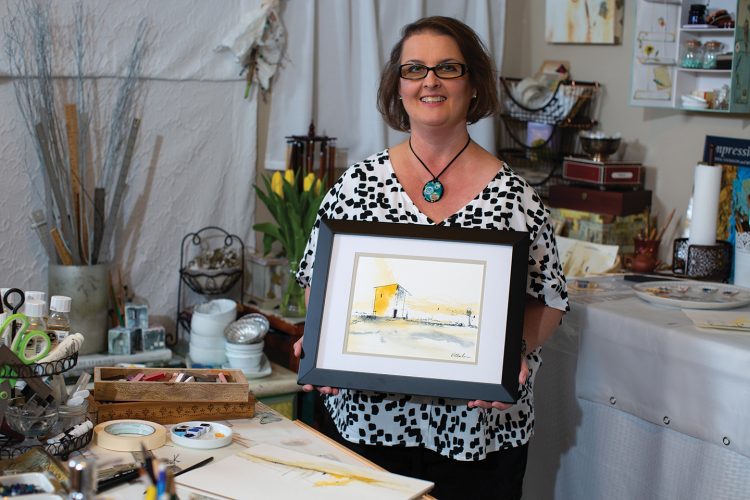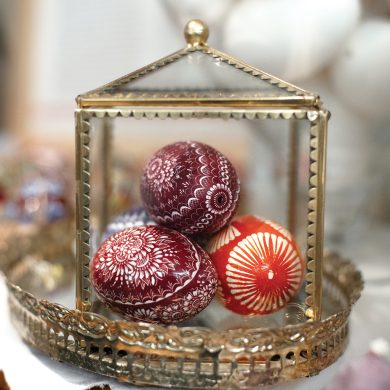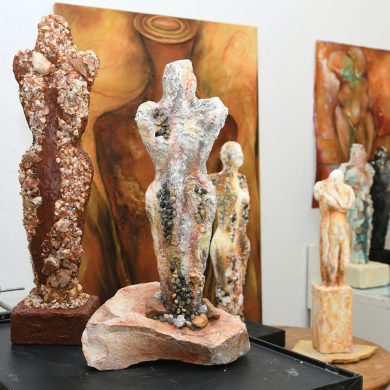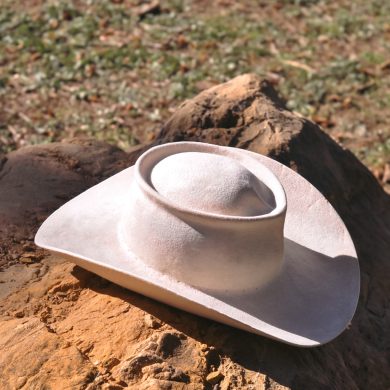My own origins were very transitional as a child and my exposure to suburban, and rural living had a major impact on how I saw the world around me. My family moved from Maryland, my mother’s home, to Eastern KY, my father’s birthplace. I was about 10 or 11 when we moved. The coal mining town I lived in for much of my formative life literally colored the world I saw… gray coal dust settled on everything and the lush vibrancy of foliage was hidden and shrouded in a dusky veil. This was in contrast to the more suburban world I had been born into, with matching little houses along tree lined streets and symmetry that implied belonging.

It looks like you’re out of free articles.
Become a Women Create member to read this full article.
Already a member? Sign in

Monthly Membership
- Unlimited access to the Women Create website
- Monthly Maker Moments livestreams, members-only newsletters and more

Annual Memberships
- Unlimited access to the Women Create website
- Print and digital subscriptions of WHAT Women Create magazine, WHERE Women Create magazine, or both
- Monthly Maker Moments livestreams, members-only newsletters and more







